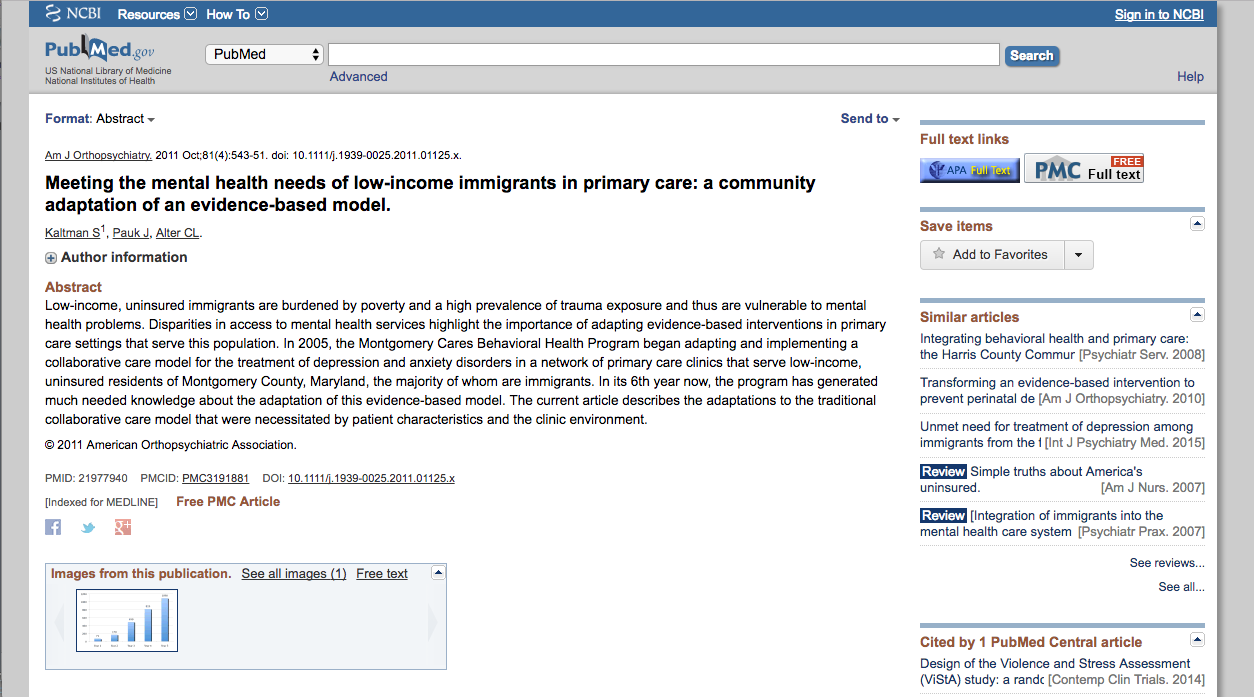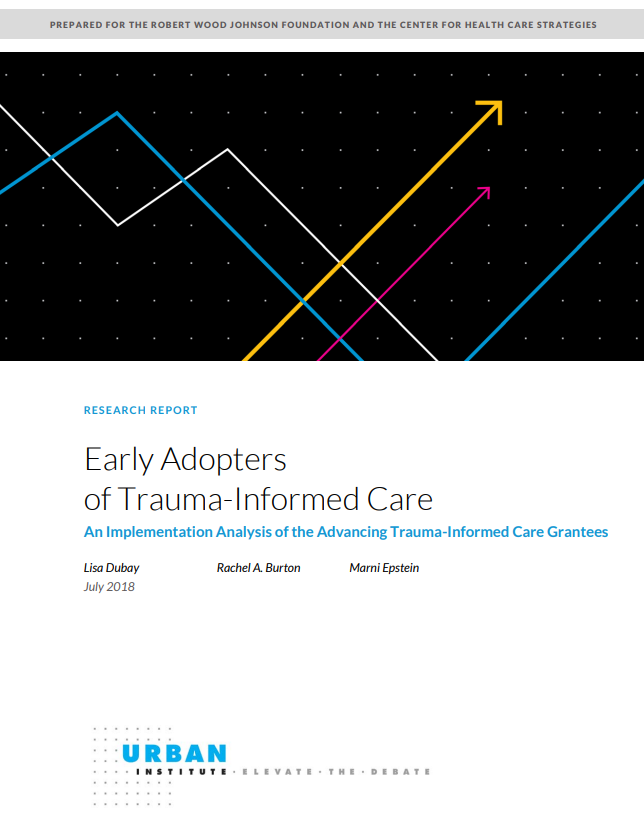The Patient-Centered Primary Care Collaborative reports that 30%-50% of referrals from primary care providers to behavioral health specialists never make it, if their physician can get them an appointment at all. However, only 50% of behavioral disorders are treated in a primary care setting, even though researchers have found that a large proportion of those with a behavioral disorder visit a primary care facility at least once a year.
Integrating behavioral health and primary care is a cost-effective way of increasing access to behavioral health services, treatment adherence, and follow-up; addressing mental and physical co-morbidities, recognizing that mental illness and substance abuse can be at the root of physical ailments and vice-versa; and helping to reduce stigma associated with seeking behavioral health care.







